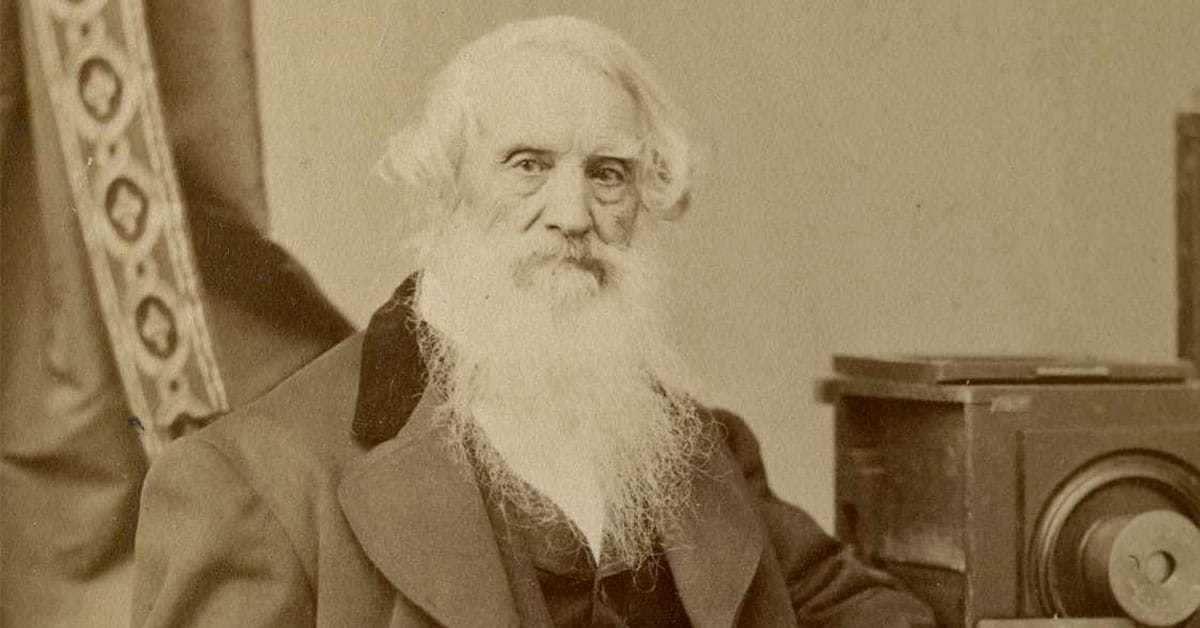With the invention of the telephone, long distance communication changed forever. Alexander Graham Bell changed the course of humanity when he patented the first usable telephone. Before the telephone however, there was still a need for being able to communicate long distance, but it was much more difficult.
In 1800, if someone wanted to communicate with someone else at any distance, the only way to do so was by hand and horse or by using optical signals like smoke or light reflections. If sent by horse, the message would be written down, and then it would be physically bought to the recipient. This could take days or weeks or months depending on the distance between. During the American Revolution and before, when Parliament passed laws that affected the colonies, it would take weeks for the colonists to find out.
The problem of long distance communication was only solved in the 1830s. There were two challenges that needed to be met to change the way communication happened. The information needed to be transmitted by something faster than a horse or else it would be useless. This presented the second problem: transmitting text over any medium (especially at that point in history) was very difficult.
The solution was two-fold. The telegraph, or more accurately the single-wire telegraph was patented by Samuel Morse in 1837. The second part was Morse Code, which we’ll talk about below. Prior to that electrical telegraph systems were inefficient because they required one wire for each letter of the alphabet. They would also be very limited in range. Morse’s system would also initially be limited in range, but would soon evolve into a system that could cover vast distances.

Morse’s system was not the first electrical telegraph system. Sir William Cooke and Charles Wheatstone patented a similar system in the same year, despite having started their development later than Morse. It would be Cooke and Wheatstone’s system that would be first used in a commercial setting. Their system, however, would require a number of needles that would point to letters of the alphabet. It was expensive, and like the initial Morse telegraph, it was limited in range. The longest they were able to get it to work was 13 miles.
Despite Cooke and Wheatstone’s success at commercializing the product before him, it was Samuel Morse’s system that would eventually be used all around the world. There were two reasons for this. First, together with his assistant, he developed Morse Code, which allowed for a single wire (no needle) system. Second, Morse was able, through a system of relays, cover longer distances than any Cooke and Wheatstone system.

The real innovation here was the Morse Code. In itself was a way to transmit a message through a series of dots and dashes that proved easier to transmit because it only required a single wire. For example, spelling out “History Collection dot Co” looks like this (the slashes are not Morse Code, but instead indicate the space between words):
…. .. … – — .-. -.– / -.-. — .-.. .-.. . -.-. – .. — -. / -.. — – / -.-. —
Granted, today this looks like a terrible and headache inducing way of communicating. Everyone is used to being able to pick up a telephone and talk to anyone they want, no matter the distance. But in the days where the telegraph was just getting started, the Morse Code allowed for cheaper, long distance communication, something that was sorely needed.
The development of a long distance communication system was specifically very important to Samuel Morse. He had been hurt very badly by the failure of the old horse messenger system, and it was something that he wanted to make sure couldn’t happen to other people.

